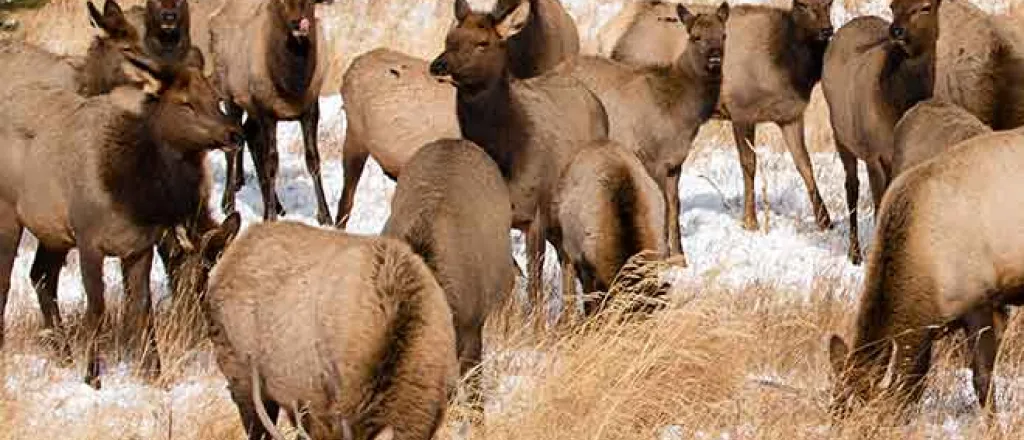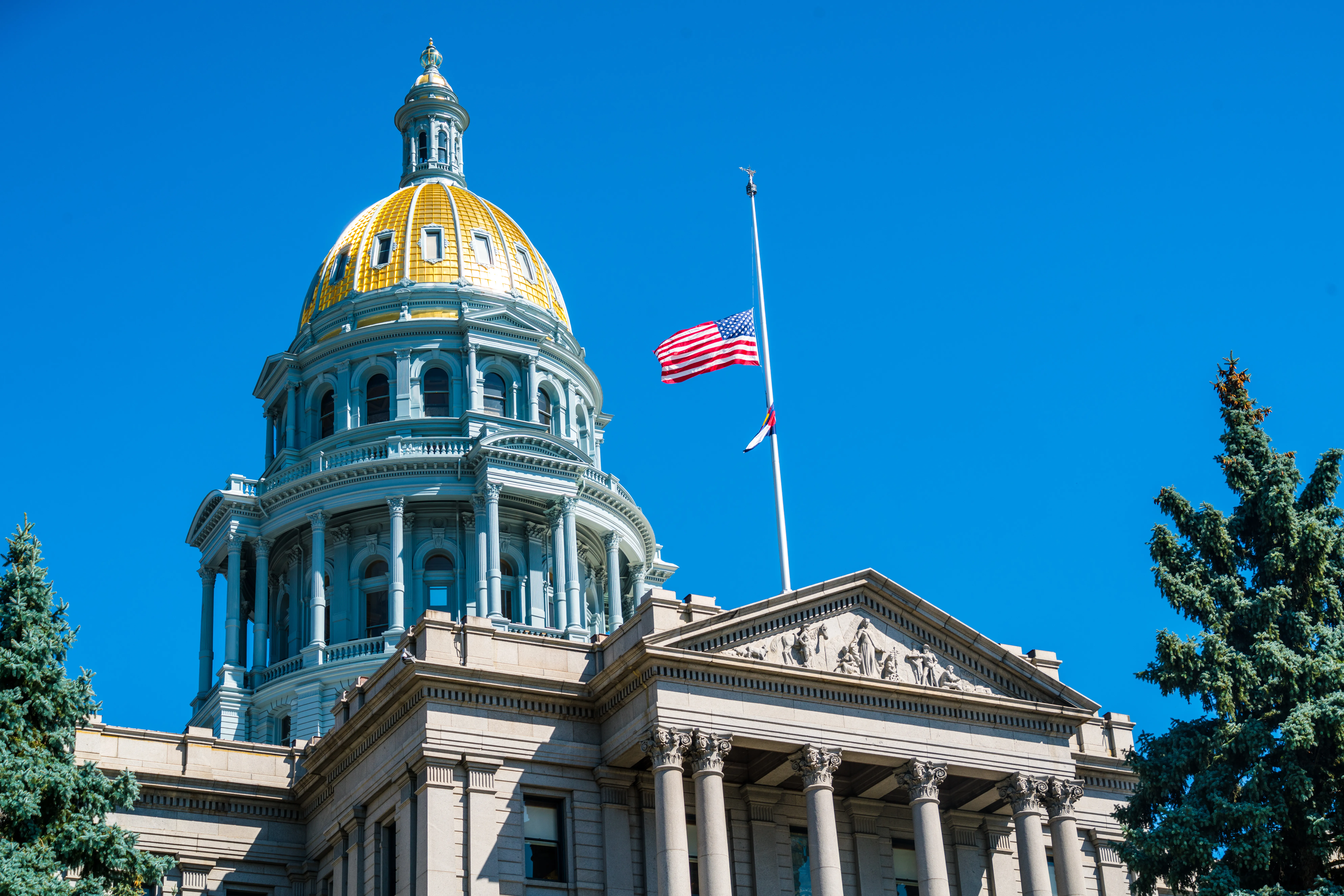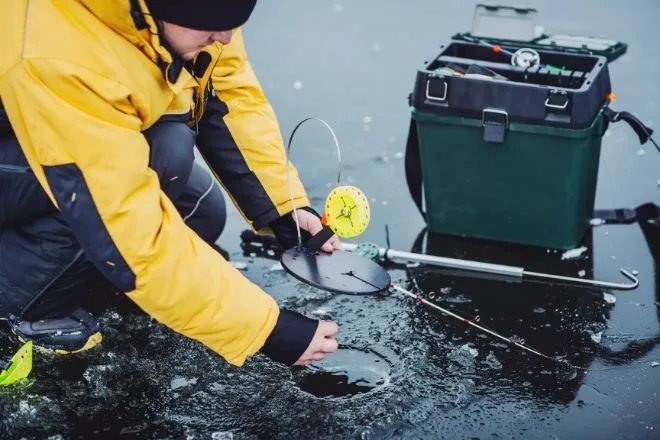
U.S. 26 wildlife crossings advance in Wyoming with heavy summer traffic
(Wyoming News Service) Americans are hitting the road for summer vacation, and many will be headed to Grand Teton and Yellowstone National Parks via U.S. Highway 26.
Daryl Lutz - Lander region wildlife management coordinator with the Wyoming Game and Fish Department - said biologists and Department of Transportation engineers are narrowing in on plans to reduce wildlife vehicle collisions along a 35 mile stretch near Dubois.
Lutz said state-of-the-art radio Global Positioning System collars helped finalize the best spots for wildlife crossings.
"Literally tens of thousands of location datapoints," said Lutz, "from elk, mule deer and bighorn sheep. That has helped us delineate where wildlife most frequently approach and/or cross the highway."
Wildlife-vehicle collisions along this section of Highway 26 kill up to 250 animals each year, at a cost of more than $800,000 in property damage, emergency response and cleanup.
After engineering plans are set - Lutz said they expect workers to break ground on one overpass, three underpasses, and modifications to four other structures within the next year or two.
Tourism and recreation is Wyoming's second-largest industry, adding $1.7 billion to the state's economy in 2019.
Grand Teton National Park superintendent Chip Jenkins said a large part of that economic activity depends on strong wildlife populations.
"People coming to see, people coming to hunt, people coming to photograph wildlife," said Jenkins. "So, these wildlife migration corridors are absolutely critical to maintain, not just for the health of the ecosystem but also for helping to support the state's economy."
Lutz said while overpasses and fencing that separates animals from vehicles are expensive, they enable herds to maintain access to critical habitat on both sides of the road. He said he believes they are a good investment.
"It's anticipated that we will have paid for them, given the number of collisions that happen, and the costs associated with those collisions, in about 30 years," said Lutz. "And then the longevity of those structures is at least 75 years."
Support for this reporting was provided by The Pew Charitable Trusts.















